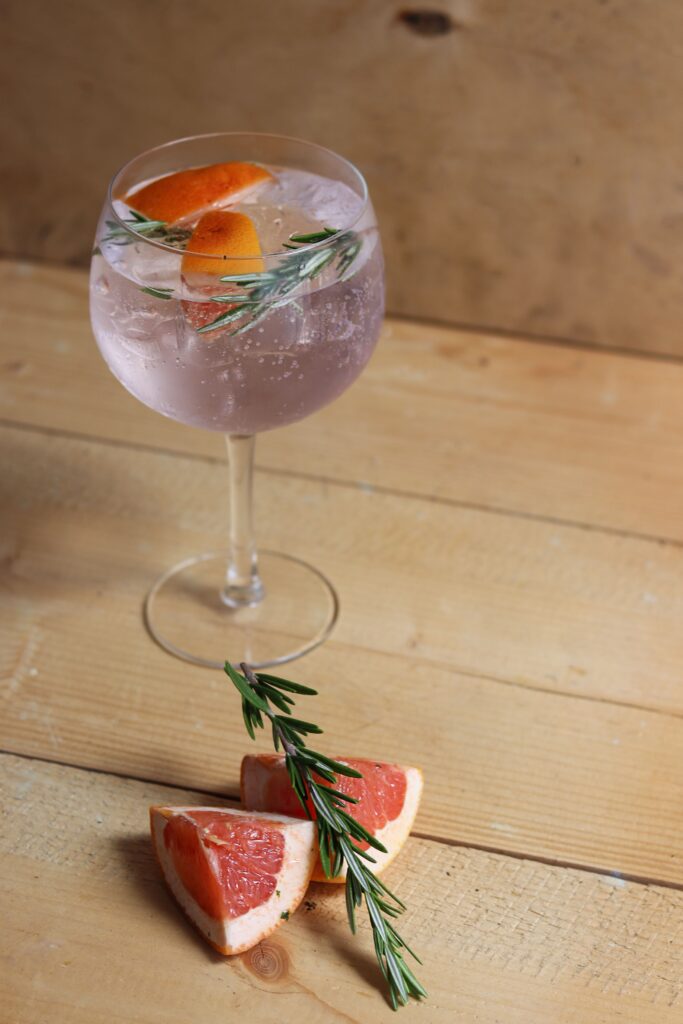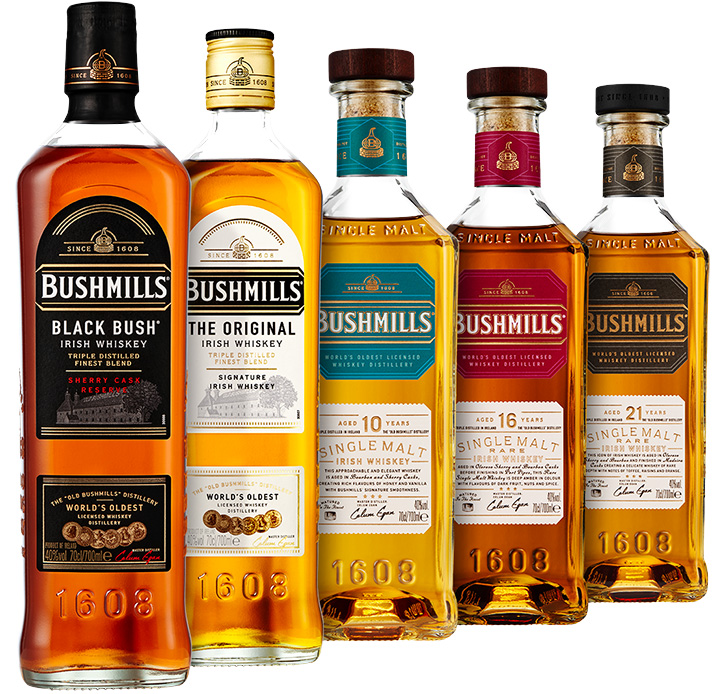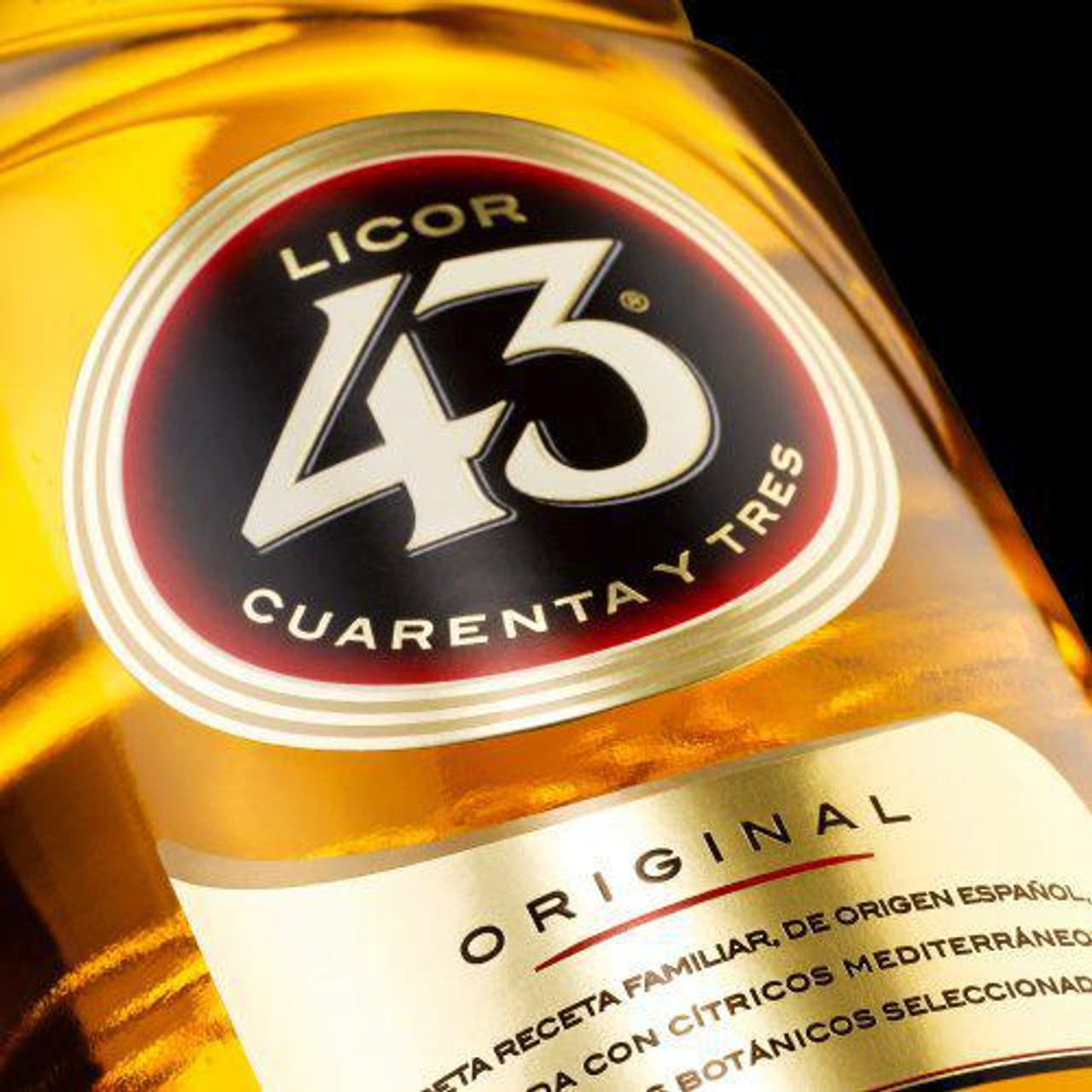Gin: more than just a medicinal drink
Where gin all started as a medicinal drink, it has now become much more than that! Are you in the mood for a tasty cocktail? Then you’ll soon be mixing it with gin. Are you curious about the different production methods, and do you want to know much more about this special drink? Then read on!
Origin of gin
Gin originated as a medicinal drink. Gin’s roots can be traced back to Benedictine monks in southern Italy in the 11th century. The monastery where it was created was surrounded by an area full of juniper trees. It was used to distill sharp, fiery, alcoholic tonics, one of which was distilled from wine infused with juniper berries. Juniper was used as a medicinal ingredient for centuries. In that time, monks used it as a component in medicines for coughs, colds, aches, tears and cramps.
The earliest known written source about gin appears in the 13th-century encyclopedic work ‘Der Naturen Bloeme’. The physician Francis Sylvius had been erroneously credited with the invention of gin in the mid-17th century. By the mid-17th century, numerous small Dutch and Flemish distillers had popularized the redistillation of barley malt or malt wine with juniper, anise , caraway , coriander, which was sold in pharmacies. Gin emerged in various forms in England in the early 17th century. It then became extremely popular.
The consumption of gin in England increased significantly in the 18th century after the government allowed the unlicensed production of gin while imposing a heavy tax on all imported spirits. During the period from 1695-1735, thousands of gin shops emerged throughout England, a period known as the Gin Craze.
The Gin Act 1736 imposed high taxes on shopkeepers and led to riots in the streets. The restrictions were gradually reduced and finally abolished in 1742. In the 18th century gin was produced in pot stills, and was slightly sweeter than the London gin known today.

Different ways to produce gin
It is established that the drink must contain at least 37.5% alcohol to be called ‘gin’. The neutral alcohol is flavored with juniper berries and other natural ingredients such as coriander, orange peel, cardamom, cinnamon, and nutmeg. A good gin contains about 6 to 10 of these botanicals. Traditionally, many distilleries are located in parts of London where the water is very pure. In total, there are three ways in which gin can be distilled:
Pot-distilled gin
In this method of distilling, gin is produced by distilling a fermented grain mash (malt wine) in pots, consisting of barley or other grains, and then re-distilling it with aromatic herbs to extract the aromatic compounds. The alcohol content of the distillate is quite low when using pot stills.
This type of gin is often aged in tanks or wooden barrels and contains a heavier, malty flavor.
Column-distilled gin
Column-distilled gin is produced by first distilling a neutral spirit with a high alcohol content (e.g. 96% ABV) from a fermented mash or wash using a column still. The fermentable base for this spirit can come from grain, sugar beets, grapes, potatoes, sugar cane, common sugar or any other material of agricultural origin.
It is then re-distilled with juniper berries and other vegetable ingredients in a pot still. These ingredients are usually suspended in a “gin basket” placed in the head of the still. This method produces a gin that is lighter in flavor and results in either a distilled gin or London dry gin.
Compound gin
Compound gin is usually made by flavoring neutral liquids with essences, other natural flavorings or natural botanical ingredients left in neutral spirits without re-distillation.
Popular botanical ingredients or flavorings for gin, besides the required juniper berries, often include citrus elements such as lemon and bitter orange peel, as well as a combination of other herbs. The different combinations and concentrations of these botanicals in the distillation process cause the Varying flavors in gins.

Different types of gin
Despite the strict legal requirements for gin, namely that it must contain at least 37.5% alcohol, have juniper as its main flavor and always be made from natural ingredients, there are still different types of gin.
Below we tell you more about the four most popular gin types:
London Dry Gin
As the name would suggest, this type of gin does not have to be made in London, or even in the United Kingdom. London dry gin can therefore be made in any place.
The hallmark of a typical London dry gin is the natural juniper note. The London dry gin variety is subject to the strictest manufacturer specifications in the gin industry. An example is that artificial flavors cannot be added during the distillation stage. Also, botanicals may only be added at the beginning of the distillation process.
Dry Gin
Dry gin has many similarities to London dry gin, but dry gin has some other specialties. Dry gin is the opposite of sweetened Old Tom. Does dry gin only represent dryness? No! Yet London dry gin and dry gin have many similarities.
Both have a ban on added sugars, but this is not always enforced. Moreover, both spirits must be distilled at least twice. Also, the distillate must be fortified with vegetable ingredients. Unlike London dry gin, not all botanicals need to be used together and gradual flavoring is also possible. Furthermore, it is permitted to add colorants to a dry gin.
Old Tom Gin
Old Tom Gin is the opposite of London dry gin, in which sugar is the main ingredient. In almost all cases, the gin is usually distilled twice. The basis for this is agriculturally produced neutral alcohol.
How Old Tom got its name? With the Gin Act of 1736, the British government imposed a high license fee on gin. Most pubs in England could only continue selling secretly. Some of them built a statue of a black cat (“Old Tomcat”) outside their buildings to show that gin could be purchased in secret.
Plymouth Gin
Plymouth Gin is inevitably linked to the English city of Plymouth, this gin may only be distilled in Plymouth and bottled by the Plymouth Gin Distillery.
It is not considered to be as dry as the London dry gin, but also not as heavily sweetened as the Old Tom gin. Another characteristic of Plymouth gin is that it is not only moderately sweet but also full-bodied. Agricultural neutral alcohol flavored by triple distillation with specially selected botanical ingredients is hereby used.
Moving Spirits: Gin supplier with a wide assortment
Now that you know more about the different types of gins, let us tell you more about our assortment. Are you looking for a gin supplier that can help you stock your alcohol store? In our Sales Portal, where you can see our current stock 24/7, you can filter by all the gins we have. We always have 2,000+ brands in stock, including 80+ gin brands!
Not only do we sell the most famous and popular brands, such as Bombay Sapphire or Tanqueray, but we also have chosen to be distributors of several import brands. You have come to the right place at Moving Spirits if you are looking for a B2B gin wholesale!



